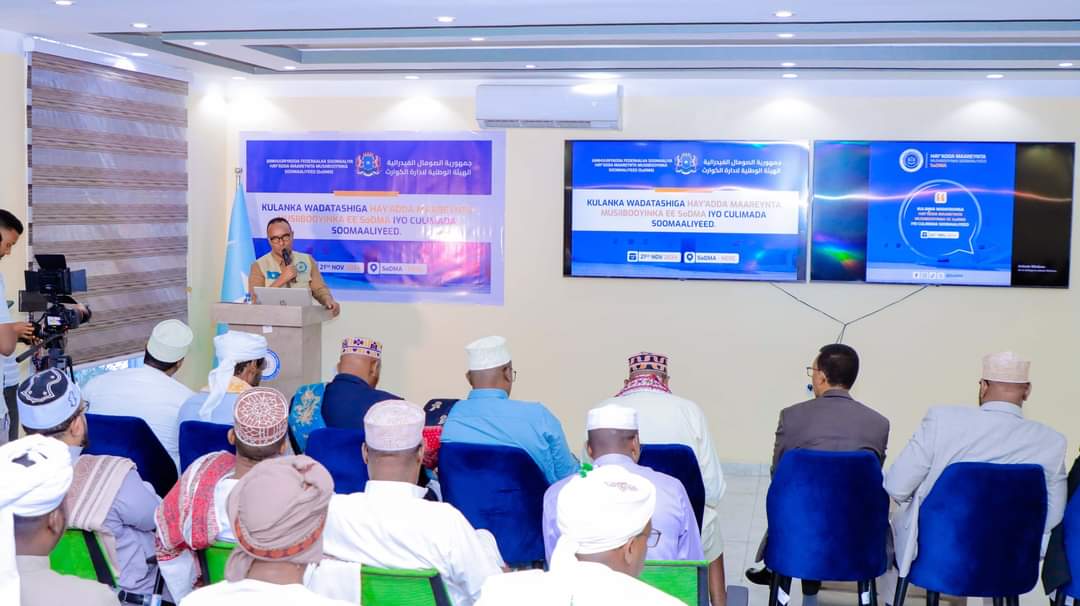As Ethiopian Airlines commemorates the fifth anniversary of the 2019 Boeing 737 Max 8 crash, the carrier showcases renewed confidence in Boeing, evident through additional orders, despite recent challenges faced by aircraft within the same family.
Despite the tragic accident involving Flight ET 302 that claimed 157 lives in Addis Ababa, Ethiopian Airlines has emerged as a significant client for Boeing, affirming the carrier’s confidence in the manufacturer’s offerings.
Just last week, the Bole-based carrier announced the plans to acquire eight Boeing 777X, the latest fuel-efficient variant, with an option for an additional 12 aircraft.
During the Dubai Airshow last year, Ethiopian Airlines committed to acquiring 11 787 Dreamliners and 20 737 MAX jets.
The Ethiopian crash occurred five months after Indonesia’s Lion Air Flight 610, which crashed shortly after takeoff, resulting in the loss of all 189 passengers and crew onboard.
On March 10, 2019, at 08:38 local time, Ethiopian Airlines Flight 302 departed from Addis Ababa Bole International Airport en route to Jomo Kenyatta International Airport in Nairobi, Kenya.
However, just a minute after takeoff, the first officer communicated a flight control issue to the control tower in Bole.
The aircraft’s Maneuvering Characteristics Augmentation System (MCAS) engaged, causing the plane’s nose to pitch downward as the crew attempted to regain control in vain, ultimately leading to the fatal crash.
Following the Ethiopian Flight 302 crash, aviation regulators worldwide grounded the 737 MAX to ascertain the causes behind the twin crashes.
In 2020, America’s Federal Aviation Administration (FAA) recertified the 737 MAX 8, and other global safety aviation authorities followed suit.
As the dust settles over the 737 Max 8, additional technical issues involving other variants of the 737 family have emerged. Earlier this year, an Alaska Airlines Boeing 737 MAX 9 experienced a plug door blowout during flight AS 1282.
Boeing acknowledged responsibility for the incident involving the 737-9 variant, where a mid-exit door panel dislodged during flight.
The company has implemented corrective measures, including a control plan to ensure proper installation of all 737-9 mid-exit door plugs according to specifications.
New inspections of the door plug assembly and similar structures have been instituted at the supplier’s factory and on Boeing’s production line.
Additionally, signage and protocol have been added to thoroughly document the opening and removal of the door plug at the firm’s facility, ensuring it is reinstalled and inspected before delivery.
Ethiopian Airlines, operating Africa’s largest Dreamliner fleet, currently incorporates a mix of 787-8s and 787-9s.









